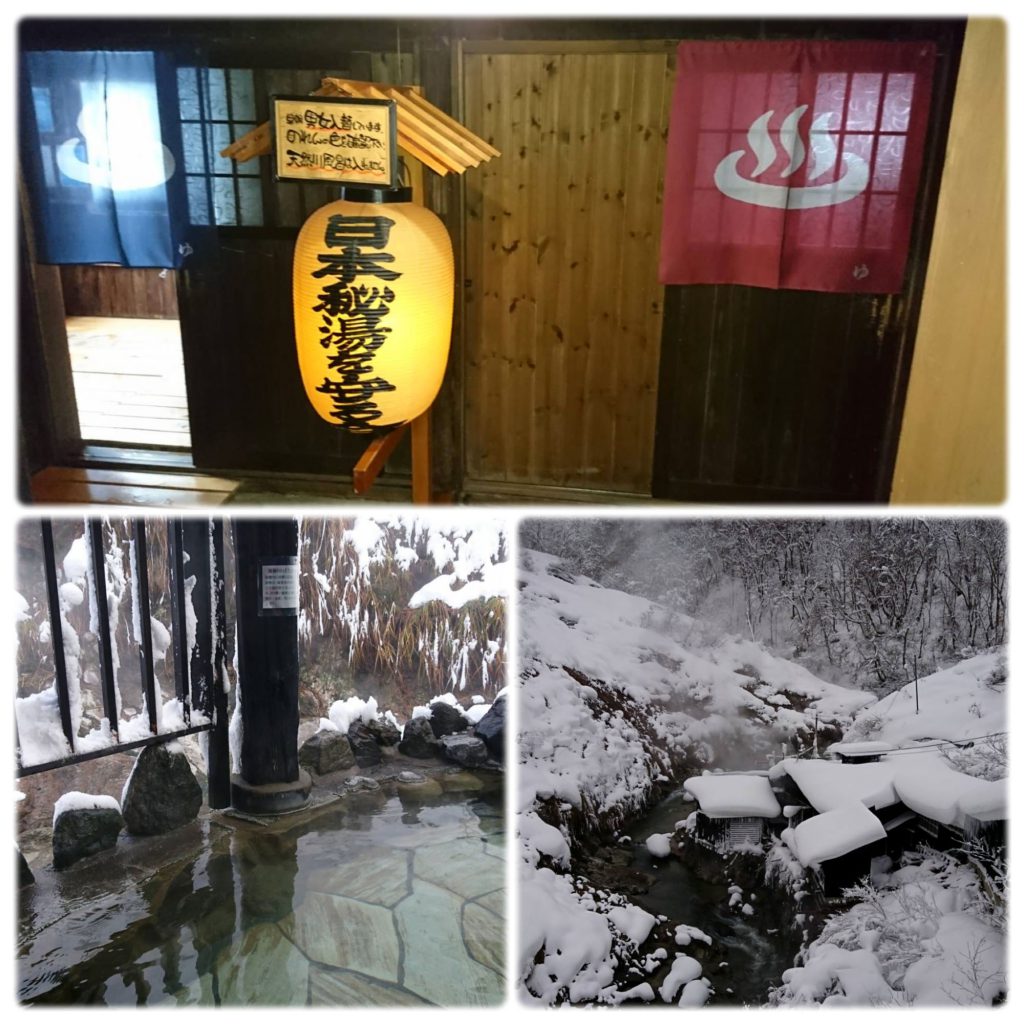
The bath that starts on the 2nd of New Year is called Hatsuyu, and it is the first bath that you take at the beginning of the year. Hatsuyu is a kind of ritual, and celebrating the beginning of the new year is one of the casual but esoteric Japanese customs. There are words such as Sarayu(taking a bath first in one’s family) and Shimaiyu (taking the last bath), but the baths in Japan create a culture that is rare in the world. In “Ukiyoburo” (1809) by Shikitei Sanba in the Edo period, it is said that even elderly people who dislike Buddha will involuntarily chant Nembutsu if they take a bath. The word “Gokuraku, Gokuraku(paradise, paradise)” that comes out involuntarily in the bath may be the case. Sanba also says that Buddha, Confucius, and the maid are all the same if they are naked and soaked in hot water. Ruth Benedict, an American cultural anthropologist who analyzed Japanese culture and national character, wrote in her book, The Chrysanthemum and the Sword, such as this; “One of the modest physical pleasures that Japanese people like is the hot bath”. There is a complete difference between the Western style, where bathing facilities and exclusion facilities are juxtaposed and the Japanese bathing culture, which completely separates them. She accurately appreciates the bathing culture of our country.
The photo is Oyu Onsen in Yuzawa City, Akita Prefecture.
正月2日に入る風呂を初湯(はつゆ)といって、年の初めに最初に入る風呂のことです。初湯は一種の儀式であって、新しい年の初めを迎えてこれを祝うのは、さりげないことながら、奥ゆかしい日本人の習俗の一つです。新湯(さらゆ)とか、仕舞湯(しまいゆ)という言葉がありますが、わが国の風呂は世界にも珍しい文化を生み出しています。江戸時代の式亭三馬による『浮世風呂』(1809年)には、仏嫌いのお年寄りも風呂へ入れば我知らず念仏を唱えるとあります。風呂で思わず発する「極楽、極楽」という言葉がそうかもしれません。また三馬は、お釈迦さんも、孔子さんも、お手伝いさんも裸になって湯に浸かれば皆同じということも言っています。『菊と刀』という、日本の文化・国民性を分析したアメリカの文化人類学者ルース・ベネディクトはその著書の中で「日本人の最も好むささやかな肉体的快楽のひとつは温浴である」と書いています。入浴設備と排斥設備を併置する西洋とそれを完全に分ける日本人の入浴文化には、完全に異なる日本人独特の芸術的な美意識があると、わが国の入浴の文化を的確に評価しています。
写真は秋田県湯沢市の大湯温泉です。
